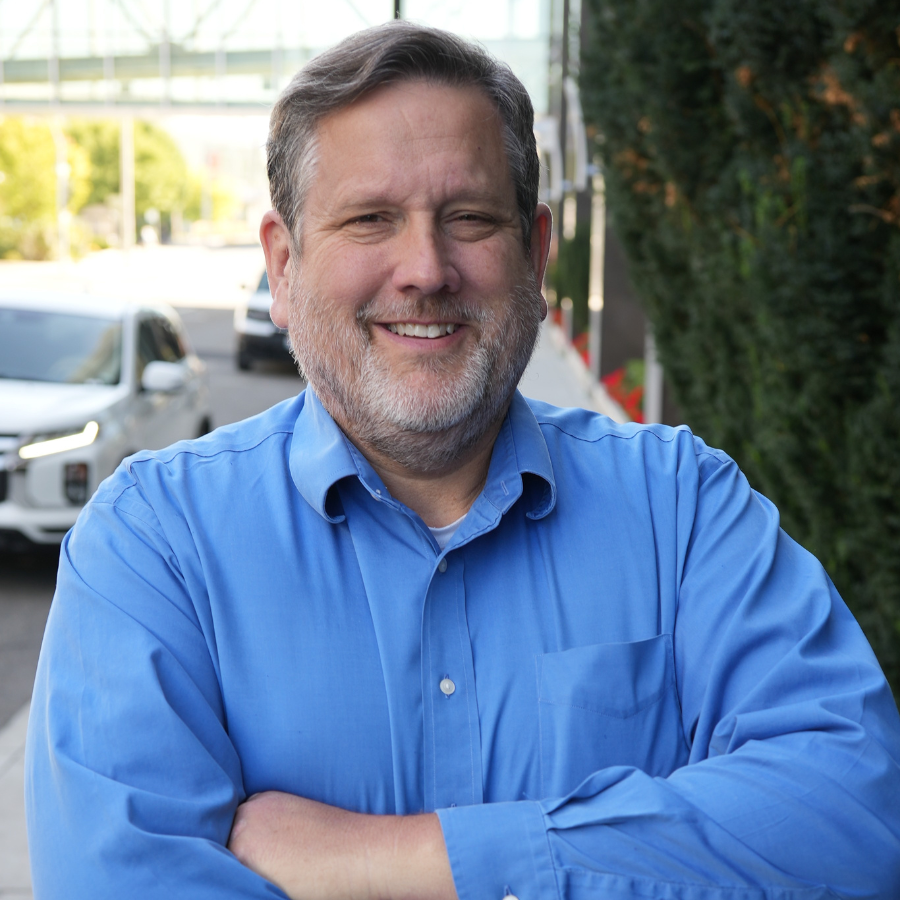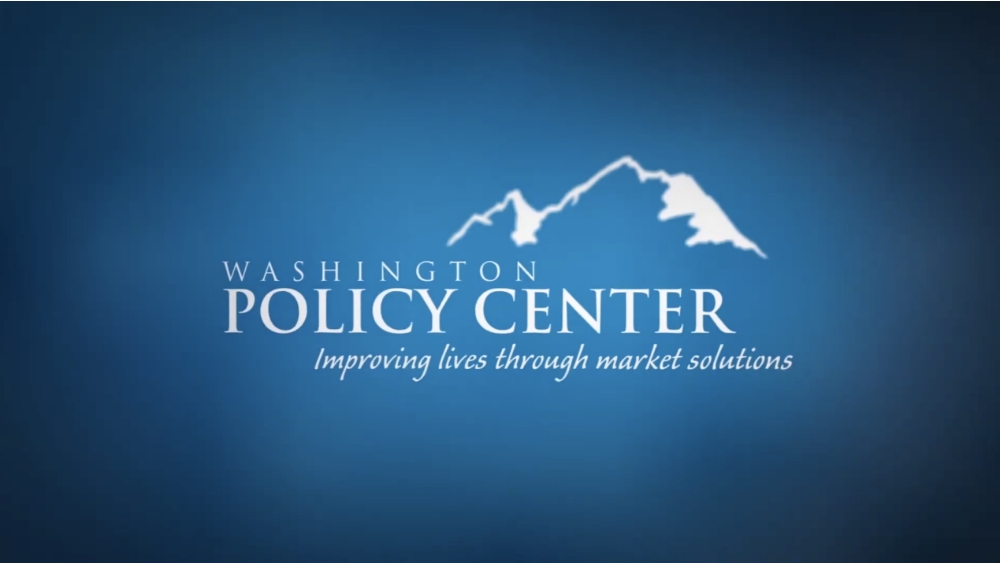As we head into October and salmon hatcheries across the state are preparing for spawning season, the Washington Policy Center and the Nisqually Indian Tribe have released a video describing the important role hatcheries play for salmon recovery.
“Tribal hatcheries help ensure sport and commercial fishers have fish to catch,” said Todd Myers, Environmental Director of the Washington Policy Center. “They ensure we maintain salmon populations as we do the medium and long-term work to restore salmon habitat. And, they contribute to the scientific understanding of salmon runs, genetics, and environmental pressures.”
“Our hatcheries are intended to meet our treaty right obligations to the Nisqually Indian Tribe, provide food for others like our endangered SRKW’s, and contribute to the growing body of science about best practices using hatcheries to accomplish multiple goals,” explained David Troutt, Natural Resources Director for the Nisqually Indian Tribe. “Without our hatcheries on the Nisqually we would surely have no chinook salmon, and everybody would suffer this tremendous loss. Our task is recover our natural populations while also meeting these other important goals.”
Filmed during the 2019 salmon run, the video is a behind-the-scenes look at the Nisqually tribe’s hatchery management. The Nisqually hatchery have been critical in sustaining salmon populations in the South Puget Sound for the last three plus decades. The video features Troutt and Chief Salmon Enhancement Biologist Bill St. Jean who describe what the hatchery does, how it contributes to salmon recovery and why it is essential to honoring the treaty rights of the Nisqually Indian Tribe.
The video addresses some of the controversies surrounding hatcheries, explaining how hatchery managers use science and research to ensure they improve genetic diversity and complement the wild salmon population.
The Nisqually Indian Tribe is a signatory to the treaty of Medicine Creek in 1854. These treaties preserved the right of the Tribe and its members to live and fish in the Nisqually River forever. A key aspect of that right to fish includes the right to catch salmon that are available for harvest. The struggle to have the treaty right recognized and fulfilled for all tribes across Washington occurred in the Nisqually River in the 1950’s and 1960’s. Many tribal members went to jail in defense of their treaty rights, most notably Billy Frank Jr. These struggles culminated in the landmark 1974 Federal Court decision in U.S. vs Washington – the Boldt decision. It is through this important decision that the Tribe asserts its management authority to recovery salmon through habitat protection and restoration and the careful operation of their hatchery facilities.
The Washington Policy Center is a free market oriented, public policy think tank that offers market-based solutions for Washington state. Todd Myers runs WPC’s Center for the Environment and has worked in environmental policy for more than two decades. He is a member of the Puget Sound Salmon Recovery Council’s executive board, and previously worked at the Washington State Department of Natural Resources. He is also a beekeeper and manages 250,000 honeybees.




